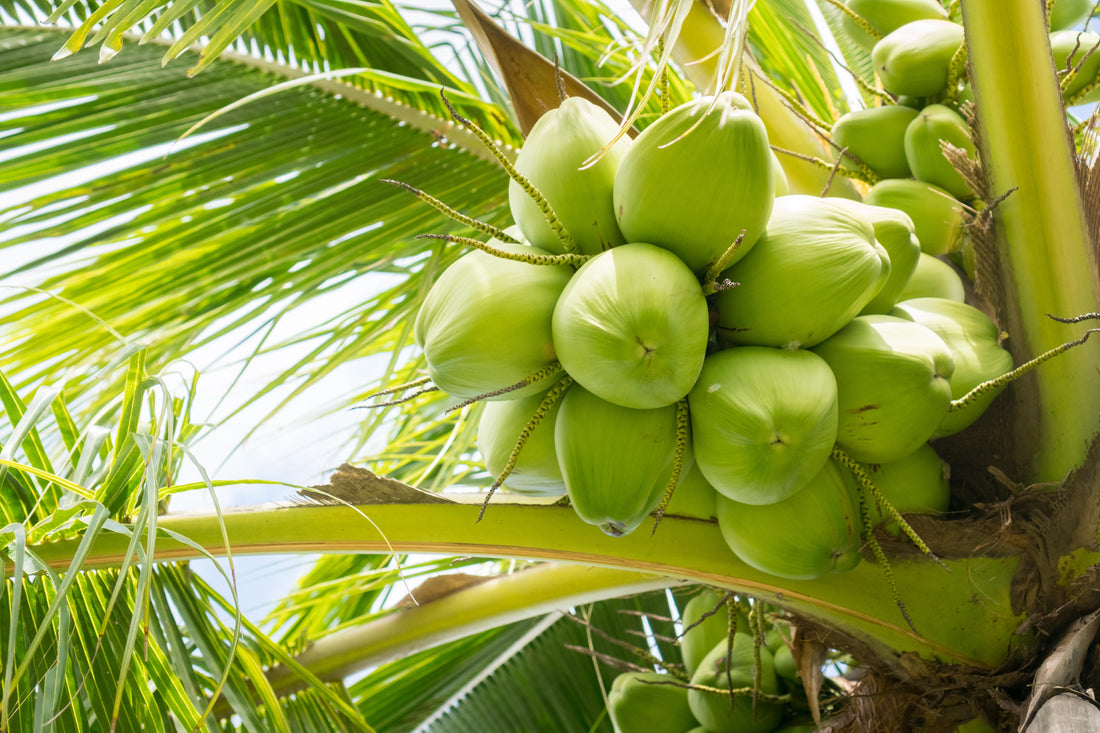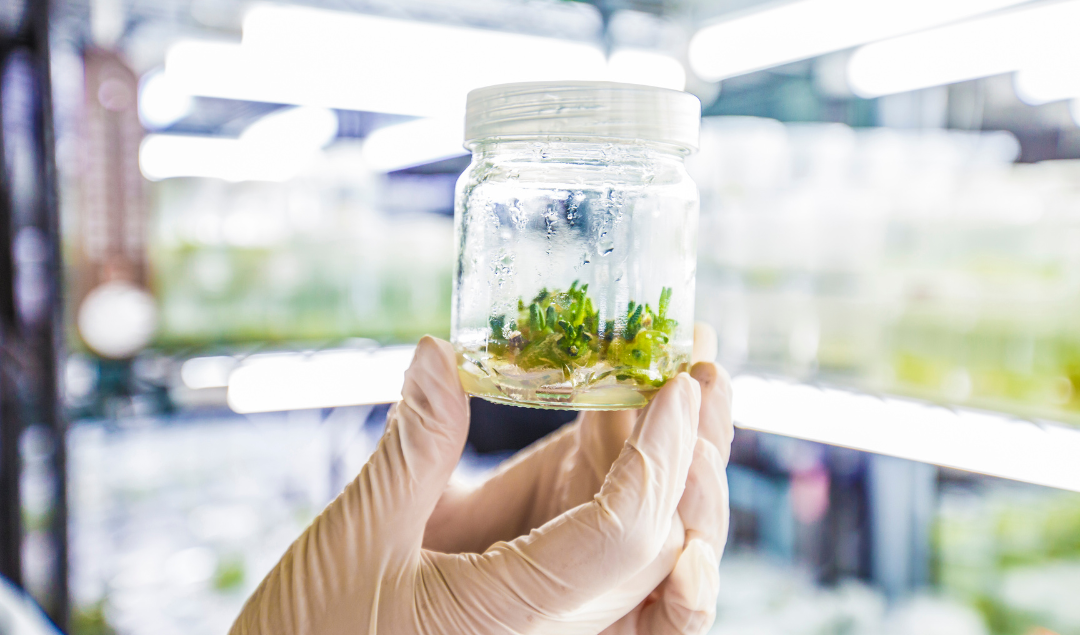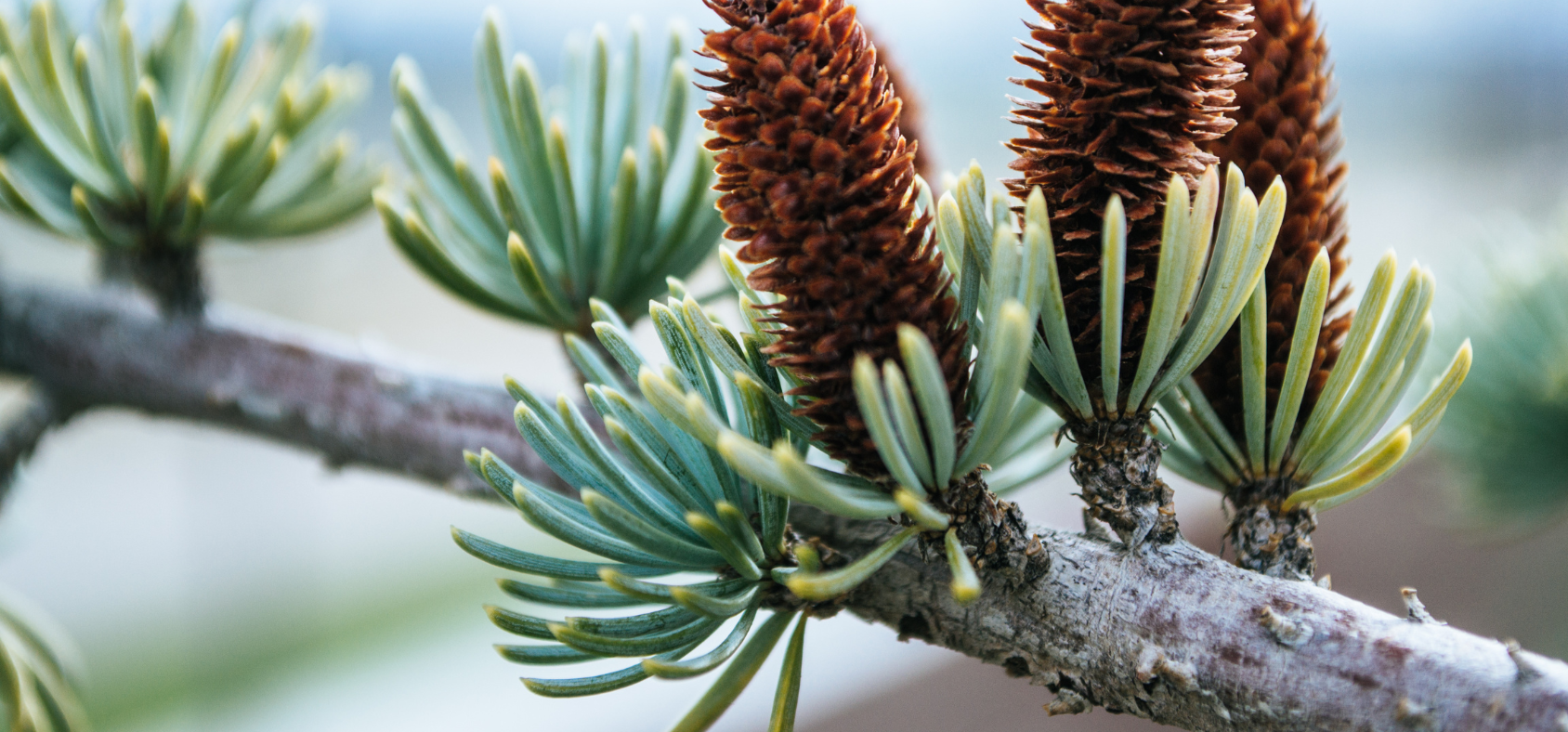
Advancements in Coconut Tissue Culture (Part-1)
As a content and community manager, I leverage my expertise in plant biotechnology, passion for tissue culture, and writing skills to create compelling articles, simplifying intricate scientific concepts, and address your inquiries. As a dedicated science communicator, I strive to spark curiosity and foster a love for science in my audience.


Did you try drinking natural cold coconut water in the summertime? It’s so refreshing and relaxing to have it, especially at the beach or after walking a few miles in the sun. There’re so many benefits of drinking natural coconut water, in addition to keeping you hydrated.
Introduction
Did you try drinking natural cold coconut water in the summertime? It’s so refreshing and relaxing to have it, especially at the beach or after walking a few miles in the sun. There’re so many benefits of drinking natural coconut water, in addition to keeping you hydrated.
Do you know each part of the coconut tree can be used to produce items of human value? Yes, it’s used to produce a range of industrial and commercial products, which mainly utilize its nutritional and medicinal properties. For these reasons, the coconut tree is also known as the “ tree of life”.
For its diverse application, currently, the plant is being cultivated in 12 million hectares of land in tropical and subtropical coastal lowlands.
According to its botanical characteristics, coconut palms can be categorized into two types: tall and dwarf. Because tall varieties are cross-pollinated, they are more heterogeneous and are used to produce copra. More homogenous dwarf varieties are destined for coconut water production due to their lower allogamy.
All the 34 varieties of trees in the world fall into these two classes. However, there are also some hybrid varieties, resulting from a cross between tall and dwarf varieties. These plants serve both purposes for industrial processing and fresh consumption.
In this article, you will learn the uses of coconut trees, their methods of cultivation, and advancements in the tissue culture of coconut trees.
Uses of Coconut Tree
As you have learned that each part of the coconut tree can be used to produce products that are useful to us.
The fruit of the tree is nutritious. Its mature kernel (solid endosperm) contains protein, lipid, edible fiber, and inorganic minerals. Thus, it's used to make several consumption products.
The coconut fruit-derived products are milk (an emulsion extracted from the kernel), beverage, and fresh kernels that are locally consumed. Its refined products include husk fiber, shell charcoal, and cortex (coco peat for potting mixtures)—these are also commercially exportable products.
The coconut tree-derived products, either fresh or consumed, also contain some medicinal substances that have been reported to be beneficial for treating and preventing cardiovascular disease, diabetes, hypertension, ulcers, obesity, and hormonal imbalances in postmenopausal women.
Additionally, the tree also has uses in manufacturing and marketing handicrafts, furniture, and building materials. They are made from coconut wood recovered from the older portions of the trunk, which provide robust wood components.
Challenges in The Coconut Field
The market for the traditional products of coconut trees is not stable. Even though in the last decades the area of coconut fields has expanded. However, there are several limitations that affect the production and longevity of coconut trees. Some of the challenges faced in the coconut fields are given below:
- The productivity of coconut trees is affected by their age. As the tree crosses 35 years, the producibility declines rapidly due to a decline in leaf area.
- Some other factors that affect the productivity of the plant are damages caused by storms, cyclones, and tsunamis; and the rundown of soil nutrients.
- The number of coconuts that one palm can produce, which is between 40 and 100 fruits a year, limits the supply of quality plant material.
- Coconut plantations have also decreased considerably due to the rapid spread of incurable diseases and pests, including viroid-caused cadang-cadang and phytoplasma-caused lethal yellowing.
- Some other factors that affect the productivity of the crop or its plantation include its unevenness during production and adaptation to different ecosystems.
Tissue Culture of Coconut
The conventional/traditional method used to grow coconut trees is by using seeds. However, the propagation of plants using seeds hasn’t been sufficient to meet the market demands, especially for replanting of the areas affected by diseases.
Breeding coconuts in a 'conventional' way, including successive generations of inbreeding followed by hybridization, for coconut improvement is unlikely to provide a general and robust solution to increase productivity. Moreover, due to cross-pollination, new plantings through seeds are always genetically diverse.
However, it’s also true that seed propagation of coconut trees is the only conventional approach. There are no other methods available since the palm tree does not produce any branches or suckers.
An alternative to growing these trees is by using tissue culture techniques.
In the first coconut tissue culture study, in which the plant's own liquid endosperm was used as a culture medium to encourage embryo germination. However, the advancement in the techniques and iterations in the procedure of tissue culture of coconut trees have been slow. The reasons for this include:
- Diverse explanted coconut tissues exhibit heterogeneous responses
- During in vitro culture, the explanted tissues have shown slow growth
- Moreover, they lack vigor when planted ex vitro.
However, despite challenges, and slow advancements, there’re many better approaches that have been developed to grow coconut as a multi-use crop, especially in the areas of:
- Embryo culture
- Clonal propagation via somatic embryogenesis (SE)
- Homozygote production via anther culture
- Germplasm conservation via cryopreservation
We’ll review each technique in brief in the second part of this article, where we’ll also have a look at what’s the procedure that has been used to grow these plants in lab conditions and what results have been achieved.
How Plant Cell Technology Is Helping Culturists Worldwide In Their Tissue Culture Application?
Plant Cell Technology is helping tissue culturists around the world by providing unique and world-class products and services that smoothen their process. It has MS media, agar, gellan gum, Plant Preservative Mixture (PPM), culture vessels, Biocoupler (TM), and masks in its store to facilitate your processes.
And, that’s not it! Plant Cell Technology also offers consultation services to culturists of all sizes that help to get instant solutions to your tissue culture problems.
So, visit plantcelltechnology.com today and find out more about our product and services and how they help you to excel in your tissue culture processes.
Happy Culturing!!
Blog Categories
View by Level
Popular Blogs

Media pH: Why It Matters More Than You Think in Plant Tissue Culture
Introduction Plant tissue culture is a cornerstone technique in modern plant biotechnology, enabling the propagation of plants under sterile and...
Read More
Can We Grow Wood in a Lab? The Future of Tissue Culture in Forestry
Introduction Wood has long been a cornerstone of human civilization—used for shelter, tools, paper, energy, and countless everyday items. However,...
Read MoreSubscribe to Our Newsletter
1 comment
Tissue culture







Join the conversation
Your email address will not be published. Required fields are marked